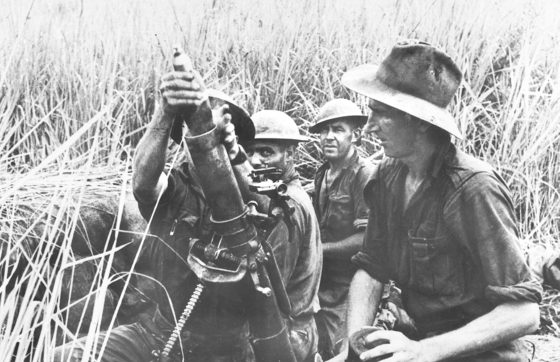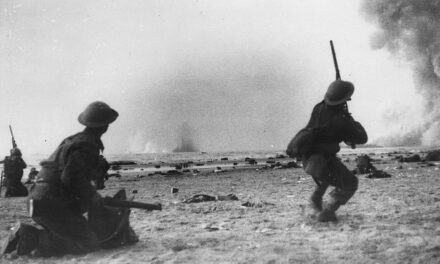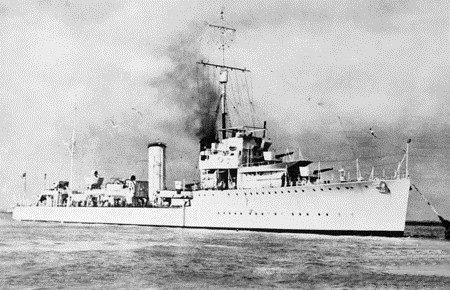November 12 @ 8:30 am – 4:30 pm at the East Malvern RSL, Melbourne
The Battle of the Beachheads was the bloodiest of all the Papuan campaigns. The resolve and tenacity of the Japanese defenders was, to Allied perceptions, unprecedented to the point of being “fanatical”, and had not previously been encountered. Please join a group of well-qualified speakers as we examine the Battle of the Beachheads in a one-day conference. This conference is organised by Military History and Heritage Victoria and supported by History Guild.
As the battle for Guadalcanal dragged on the Japanese advance on the Kokoda Track culminated and they were ordered to ‘advance to the rear’.
Two delaying defensive positions at Eora Creek and Oivi-Gorari imposed a toll on the Australians’ pursuit, but allowed time for the Japanese to complete a labyrinth of bunkers and trenches around the Papuan beach head villages of Gona, Buna and Sanananda.
The Battle for the Beachheads, as it became known, saw an estimated 9,000 Japanese troops in well-prepared positions defend to the death the territory they had occupied for the last six months. MacArthur ordered that the positions be destroyed and over the next two months Australian and US Army troops battled not only the resolute Japanese but swampy terrain, kunai grass, oppressive heat, heavy rain, sickness and disease to complete this difficult and brutal task.
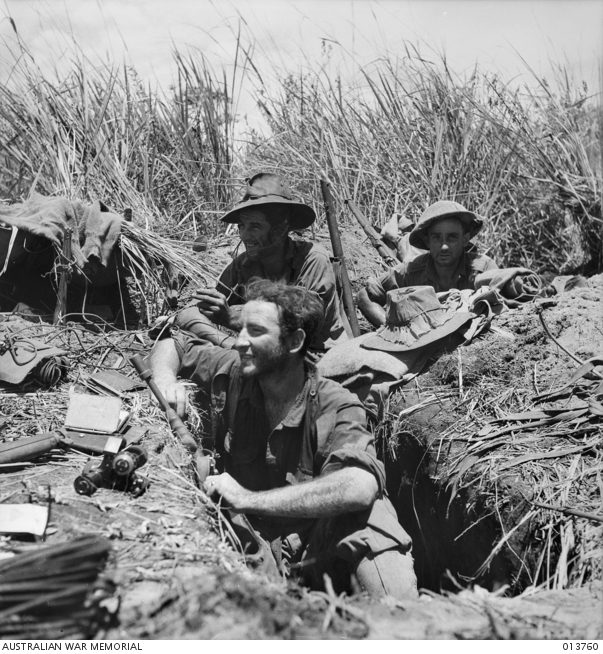
The Battle of the Beachheads was the bloodiest of all the Papuan campaigns. The resolve and tenacity of the Japanese defenders was, to Allied perceptions, unprecedented to the point of being “fanatical”, and had not previously been encountered. It was to mark the conduct of further battles throughout the remainder of the war. Securing victory at the Battle for the Beachheads cost Australia 1,261 dead and 2,210 wounded, and the Americans 734 dead and 2,037 wounded.
What was the Japanese plan? Who controlled the sea and the sky? How did the Allies mass forces onto the northern coast of Papua? Was the order to destroy the Japanese positions necessary? How well did the Australian and American forces cooperate in fighting the battle? Were Allied forces pushed beyond their capability? How much did tanks help to break the stalemate? What are the legacies of this little-known chapter of military history?
Please join a group of well-qualified speakers as we examine these and other questions in a one-day conference – The Bloody Beachheads: The Battles of Gona, Buna and Sanananda – on Saturday 12 November 2022 at the East Malvern RSL, Melbourne.
Find out More
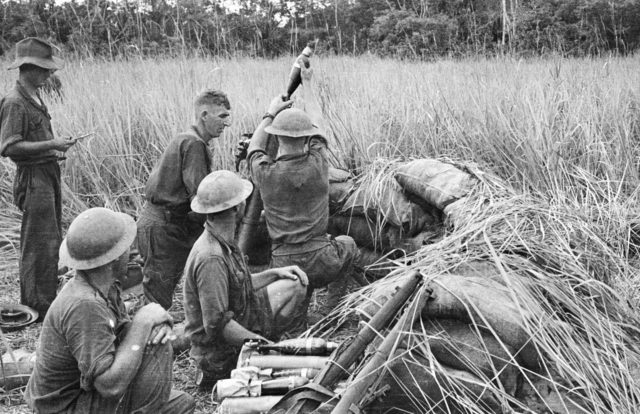
The Battle of the Beachheads – Podcasts
By late 1942, the Allies had pushed the Japanese forces back along the Kokoda Track and were now down on the coastal plains of northern New Guinea. The Japanese may have been retreating, but they intended to hold the vital beachheads from Gona down through Sanananda to Buna. The fight to take the beachheads would be bloody and brutal, but first the Australians and their American comrades had to get there.
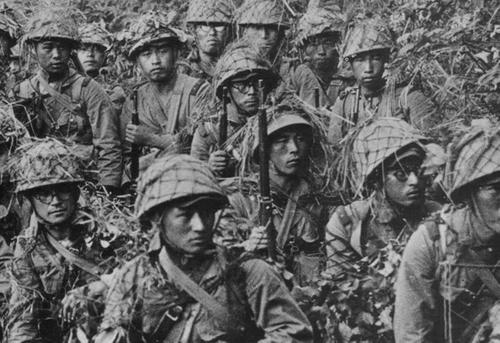
Japan’s Pacific War – Podcast
This podcast episode was commissioned by History Guild as part of our support of THE BLOODY BEACHHEADS: THE BATTLES OF GONA, BUNA AND SANANANDA – ONE DAY CONFERENCE. Angus Wallace, creator of the fantastic WW2 Podcast is joined by Peter Williams, author of Japan’s Pacific War: Personal Accounts of the Emperor’s Warriors.
Articles you may also like
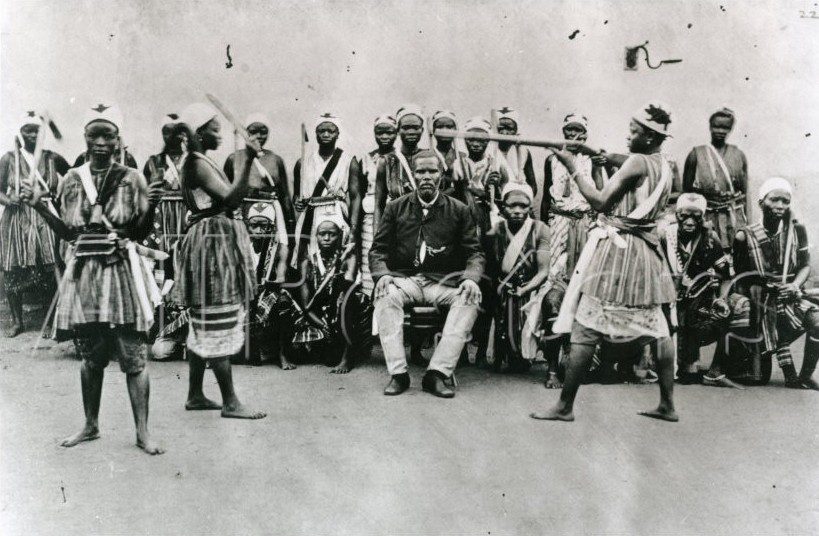
The Woman King is more than an action movie – it shines a light on the women warriors of Benin
Reading time: 6 minutes
The Woman King is a big-budget Hollywood movie that has been anticipated since 2018, when US star Viola Davis was announced as the lead in the story of the “amazons” of Dahomey. Rising South African star Thuso Mbedu also takes a key role in the film, which has premiered at the Toronto International Film Festival and is heading to cinemas worldwide.
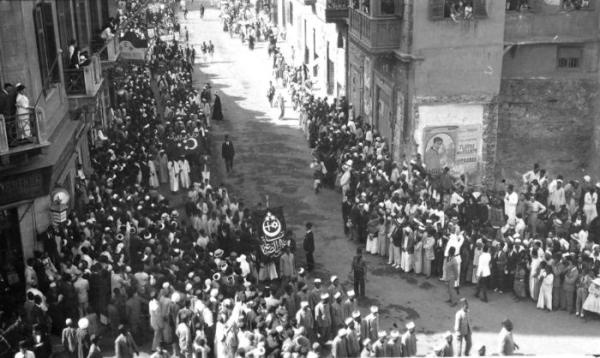
The 1919 Egyptian Revolution
Reading time: 8 minutes
The events of 1919 in Egypt show how the First World War played a crucial role in affecting the country’s history after the war ended.The interwar years saw a political dance take place between the British, Egyptian nationalist politicians, and the Egyptian king, who mistrusted the nationalists. It would take the upheaval of the Second World War and a further Egyptian Revolution in 1952 for the British to leave Egypt. The last British troops left in June 1956, although the Suez Crisis later that year saw their temporary return. While the Egyptian Revolution of 1919 did not secure Egypt’s freedom from foreign rule, it was an important step towards that goal. After 1919, the British had to consider the strength of Egyptian nationalism and deal with nationalist politicians. The Revolution was an inspiration for other anti-colonial struggles across Africa and Asia. The events of 1919 in Egypt show how the First World War played a crucial role in affecting the country’s history after the war ended. The negative effects of the war on Egypt unleashed powerful forces in Egyptian politics and society that could not be ignored.
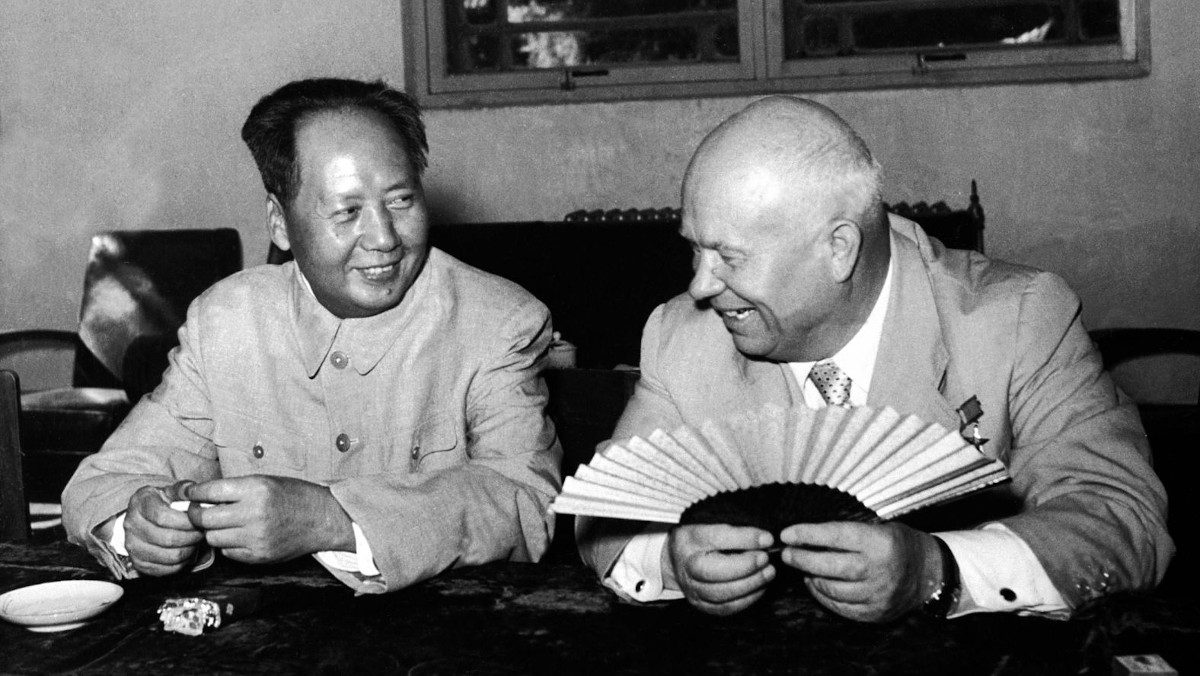
How the Sino-Soviet split created strange bedfellows
Reading time: 6 minutes
The Cold War had a lot of strange alliances, with many unlikely partners like Australian intelligence helping overthrow Chile’s elected government or the United States selling weapons to Iran. Weirder still, a natural alliance, one between the communist behemoths of the Soviet Union and China, never really worked out. What was behind the Sino-Soviet split, and how did it lead to China and the United States working together against the Soviet Union?
This article is published with the permission of the author. If you would like to reproduce it, please get in touch via this form.

